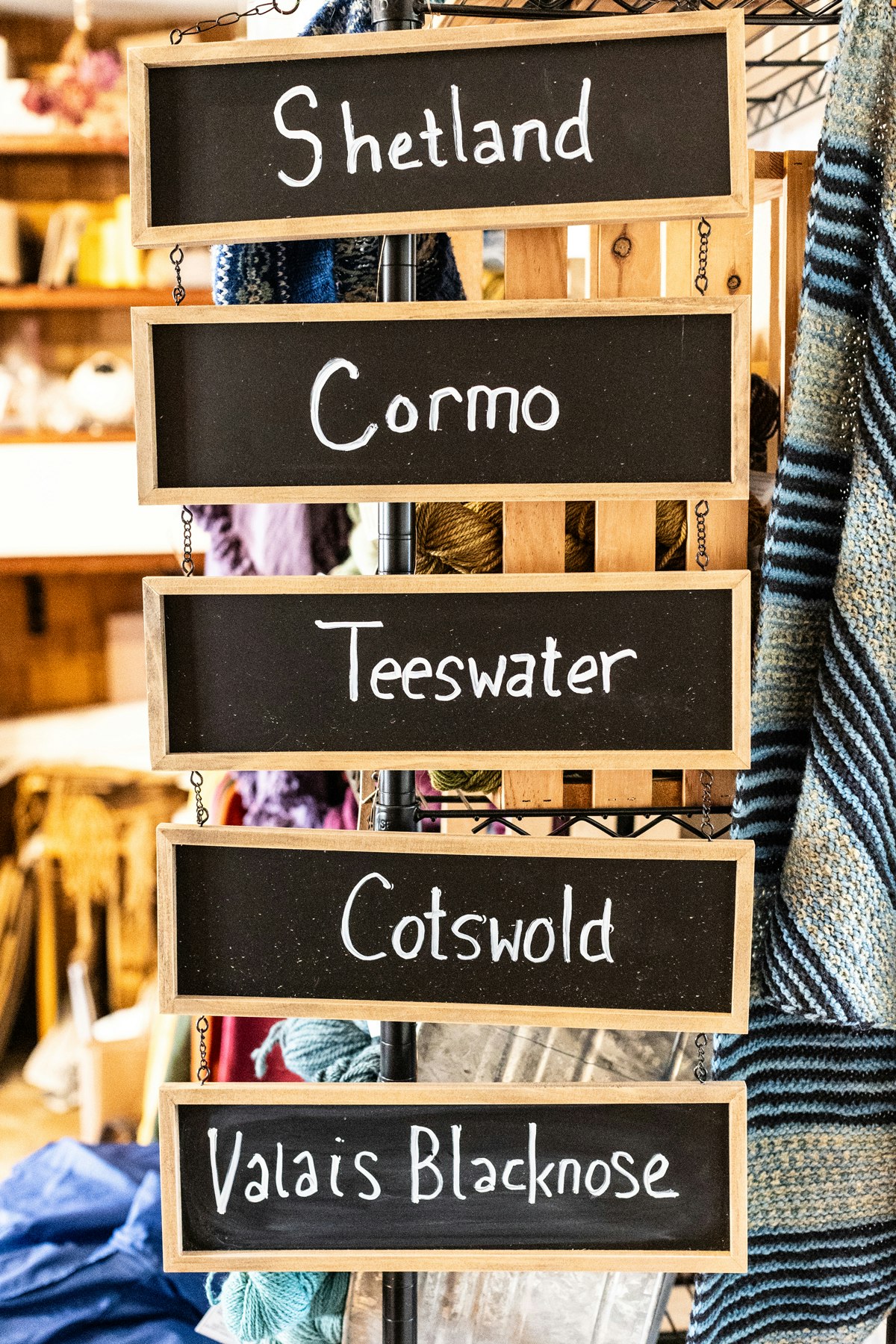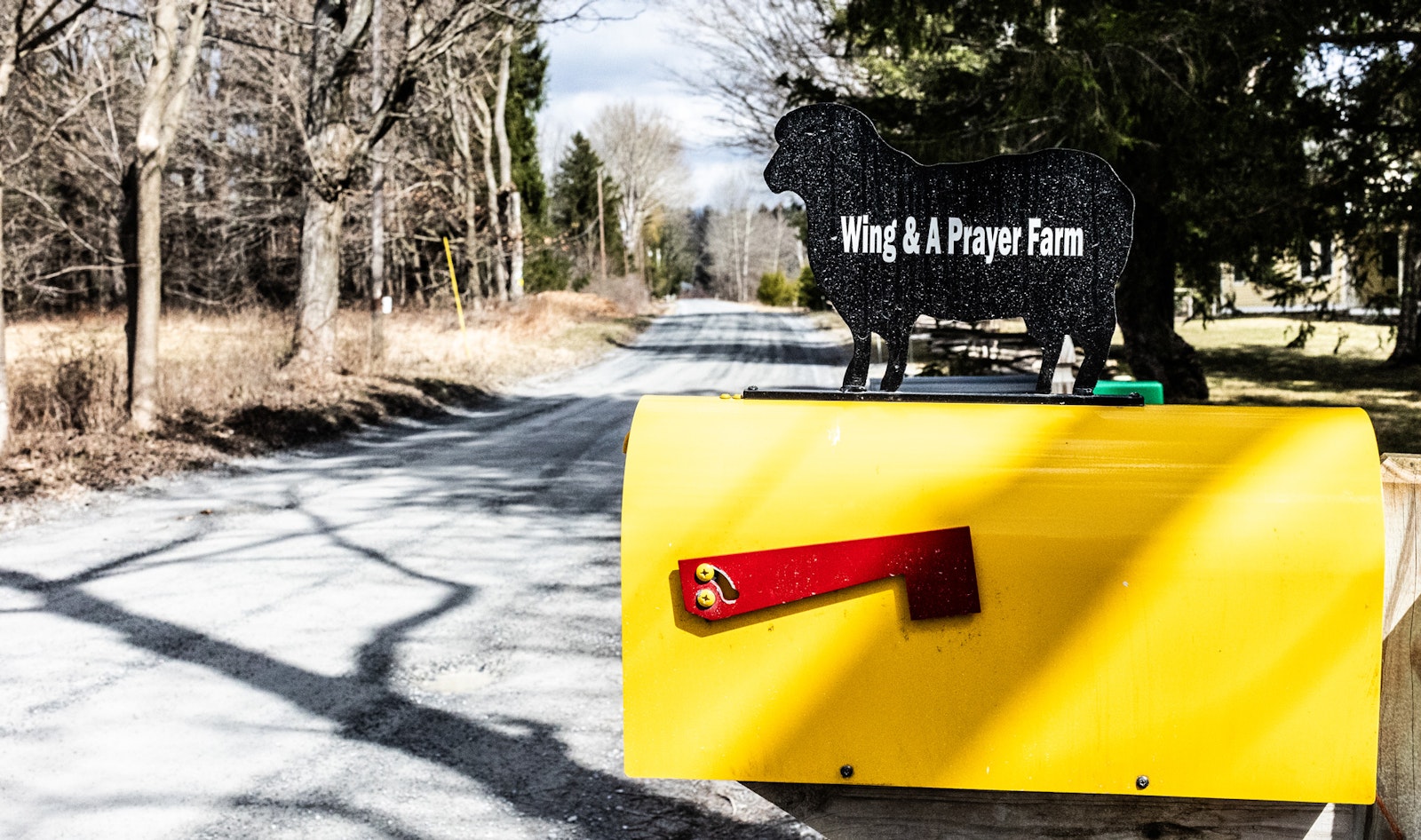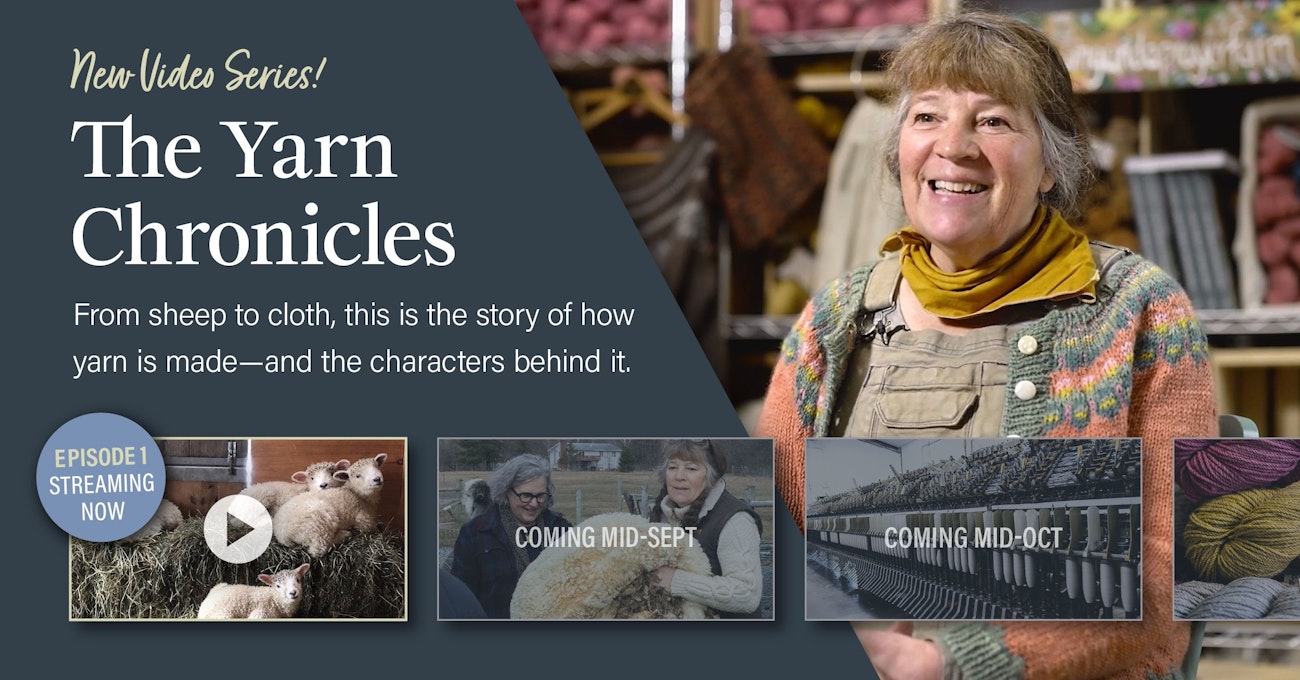On the tree-lined gravel roads of southwestern Vermont, houses and farms can lie hidden only a few yards down the driveway. Driving slowly down the road past Wing & A Prayer Farm, you might catch a glimpse of a few sheep grazing in pastures set back from the road. Turning at the yellow mailbox and passing the old farmhouse, though, you come across a yarn-lover’s paradise.
In 2000, Tammy White and her family took their first steps into raising sheep. With 20 acres of Vermont pasture, they needed a plan to keep the fields clear, so they purchased their first Shetland sheep. Before long, they had a small flock.
Over more than 20 years, the farm has grown, sometimes deliberately and sometimes in unforeseen ways. They added a handful of Cotwold sheep in need of rescue. A shearer recommended adding Cormos to the flock for their soft, fine wool. When the opportunity arose to begin breeding Valais Blacknose sheep (known as the “world’s cutest sheep”) in the United States, Tammy took the leap, entered an auction, and began a program to have the “gentle giant” sheep as part of her flock.
 Beginning with a few Shetland sheep, the flock at Wing & A Prayer Farm has brown to include a variety of breeds that all contribute to the farm’s thoughtfully milled, naturally dyed yarns.
Beginning with a few Shetland sheep, the flock at Wing & A Prayer Farm has brown to include a variety of breeds that all contribute to the farm’s thoughtfully milled, naturally dyed yarns.
Although Wing & A Prayer Farm didn’t start out producing yarn, the expanding flock produced bags of wool that needed a purpose. “The first time I had enough wool to meet the minimum, which was 30 pounds or so at a local mill, I had a feeling of completeness, because I was making my first yarn,” Tammy says.
To make the best use of the farm’s different breeds of sheep, Wing & A Prayer Farm’s yarns range from fingering to bulky and from next-to-skin soft to rugged. Tammy partners with a variety of small mills, mainly within a short drive of the farm, to produce her custom-spun yarn, which she dyes using materials she grows herself.
The first episode of the four-part series “The Yarn Chronicles: The Journey from Sheep to Cloth” focuses on Wing & A Prayer Farm on the eve of shearing day, when a couple of professional shearers come to remove the wool from the farm’s 70 adult sheep. The rest of the series focuses on shearing, preparing wool for the mill, the process of making yarn, and the last stop on the yarn’s journey: into your hands.
Watch the trailer to see a preview of how a small-batch yarn makes its way to you.


